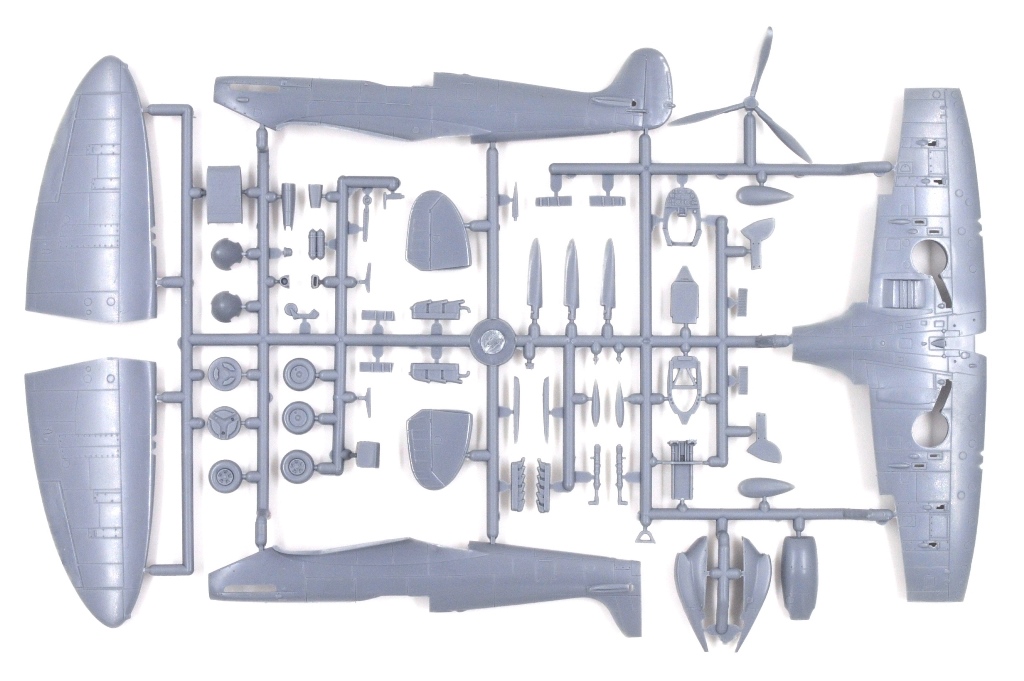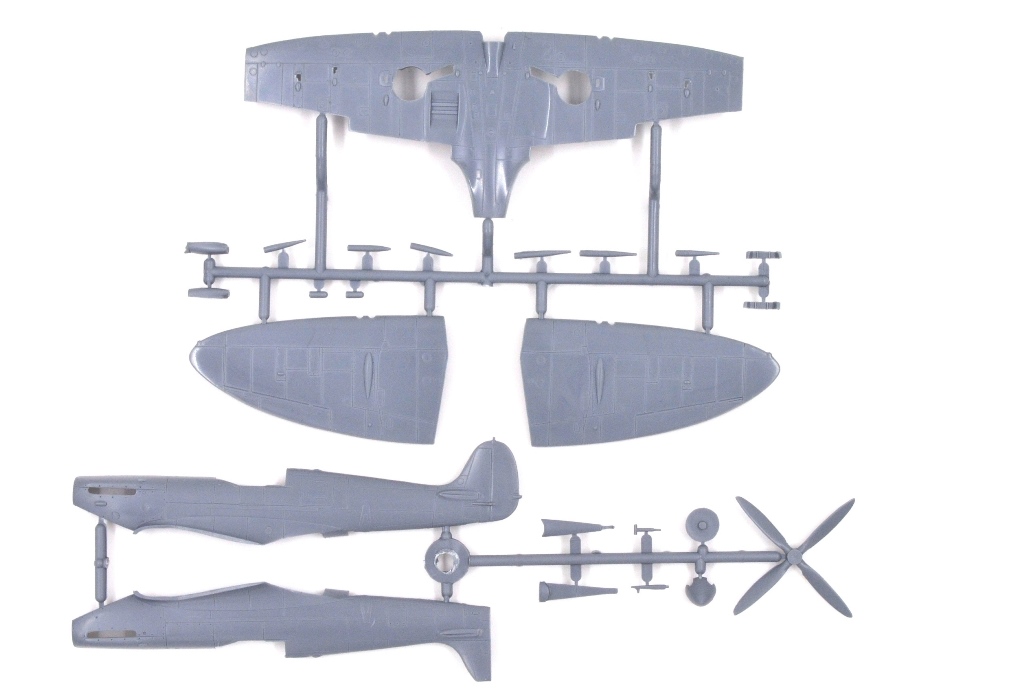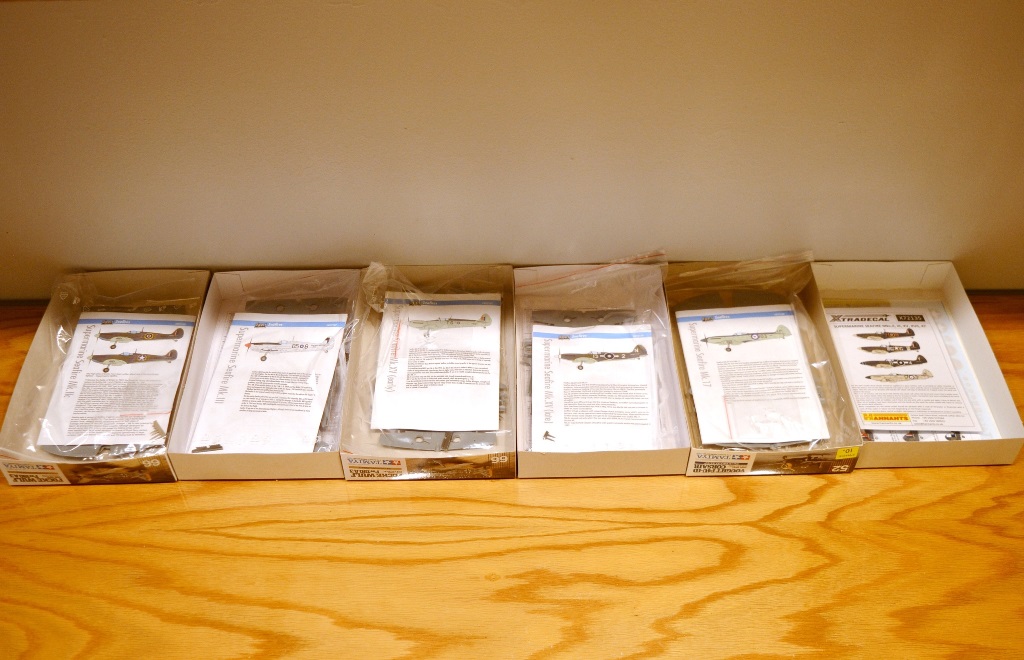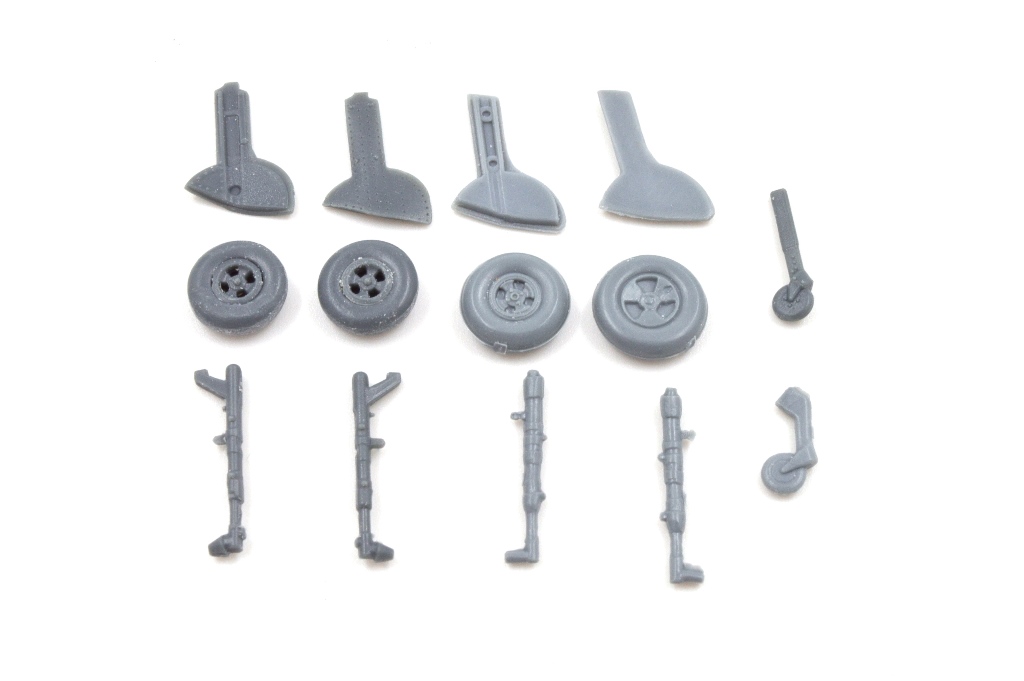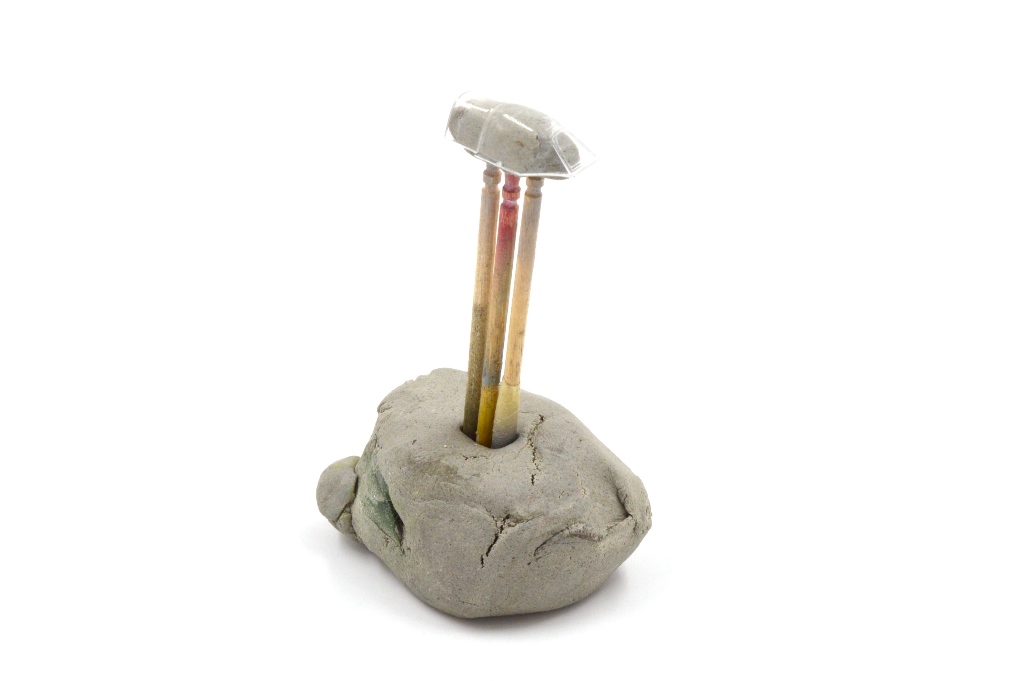A short but excellent series of original color photographs featuring a Supermarine Spitfire Vb of No. 40 Squadron, South African Air Force. These were taken in March 1943 while the squadron was operating from Gabe, Tunisia. All feature WRD serial ER622. No. 40 Squadron had just converted from the Hawker Hurricane in February, so these Spitfires had been in service for approximately one month. Enjoy!











































































